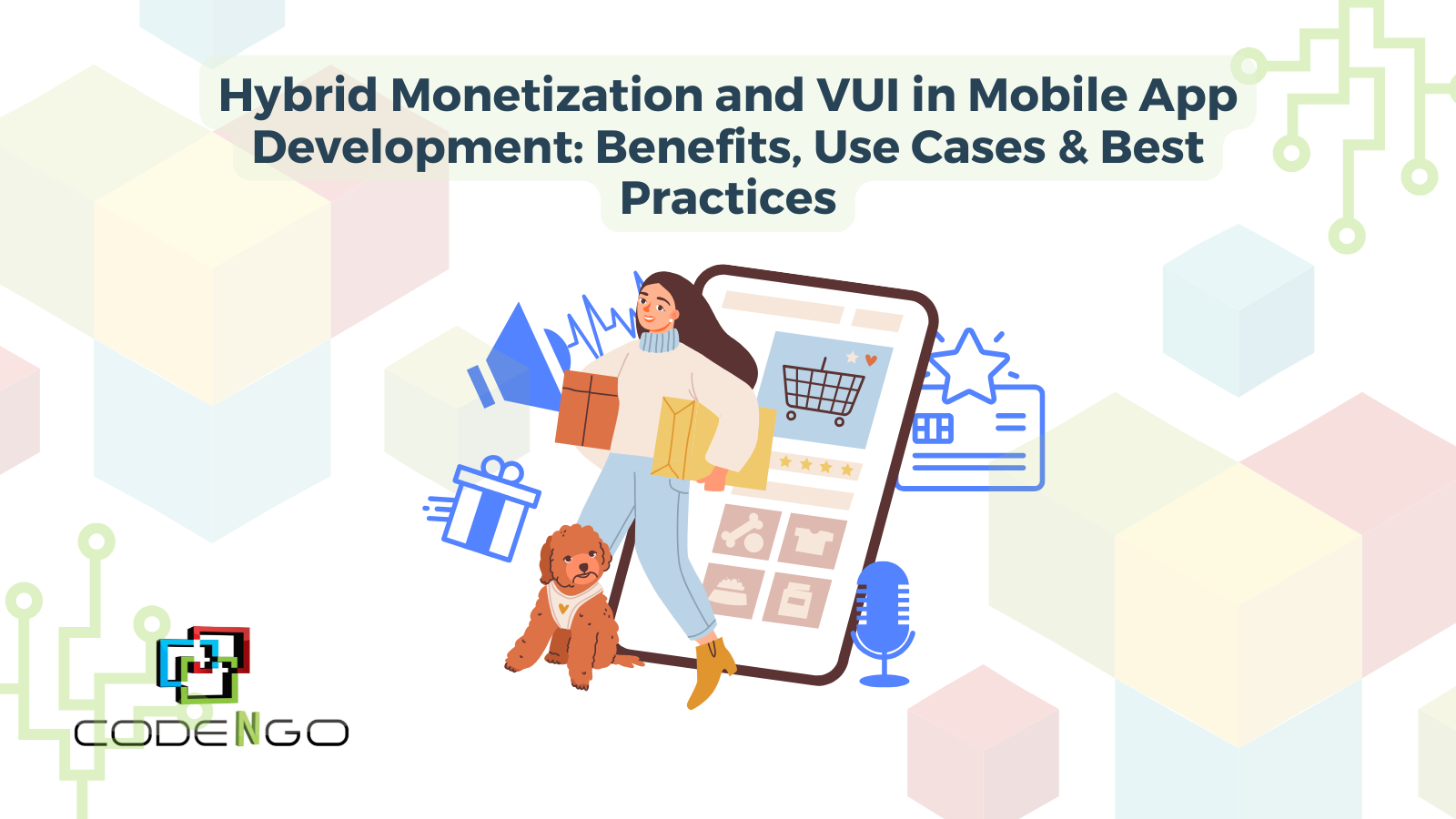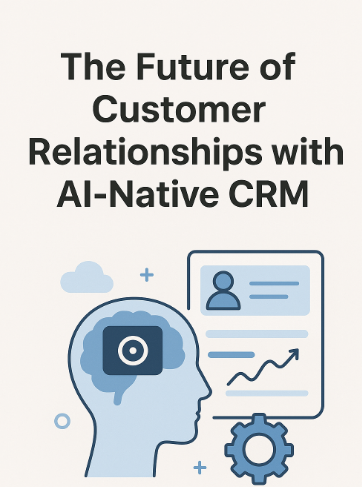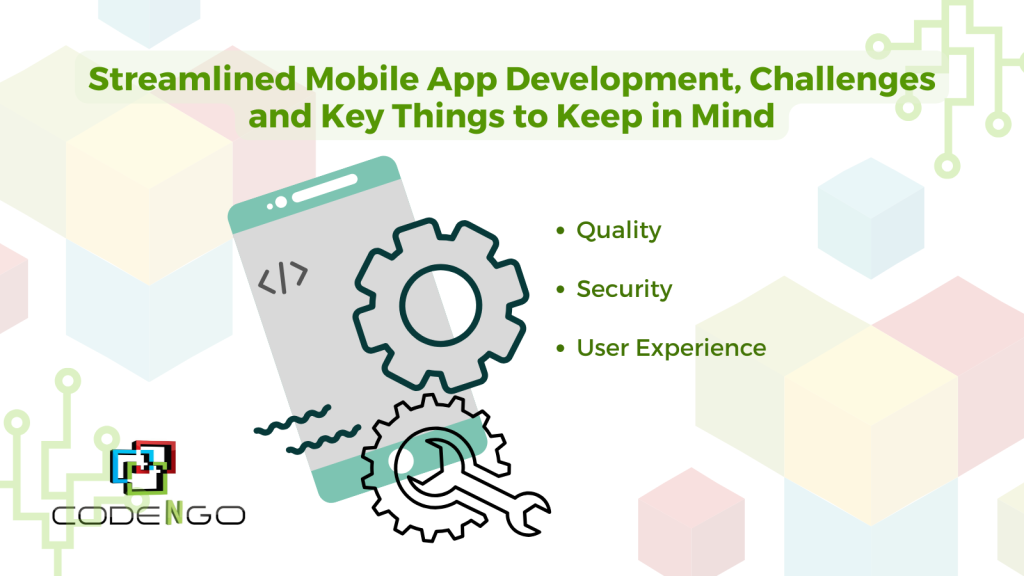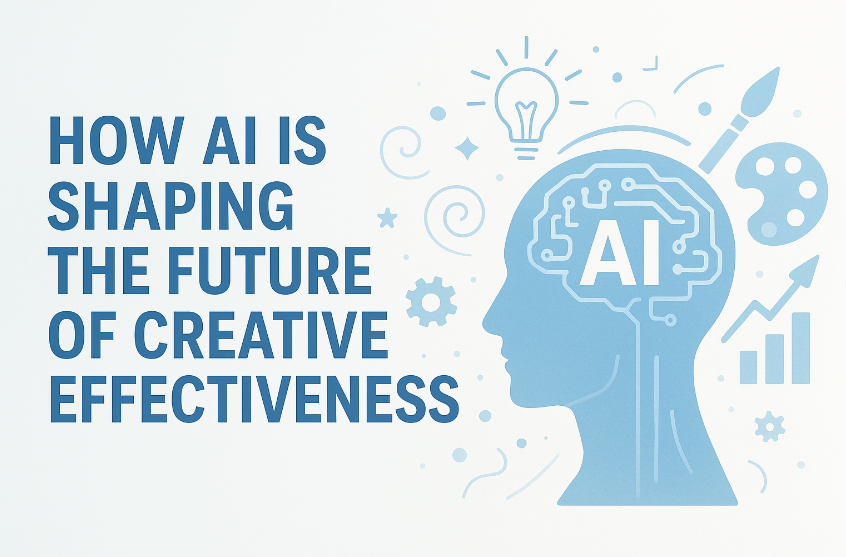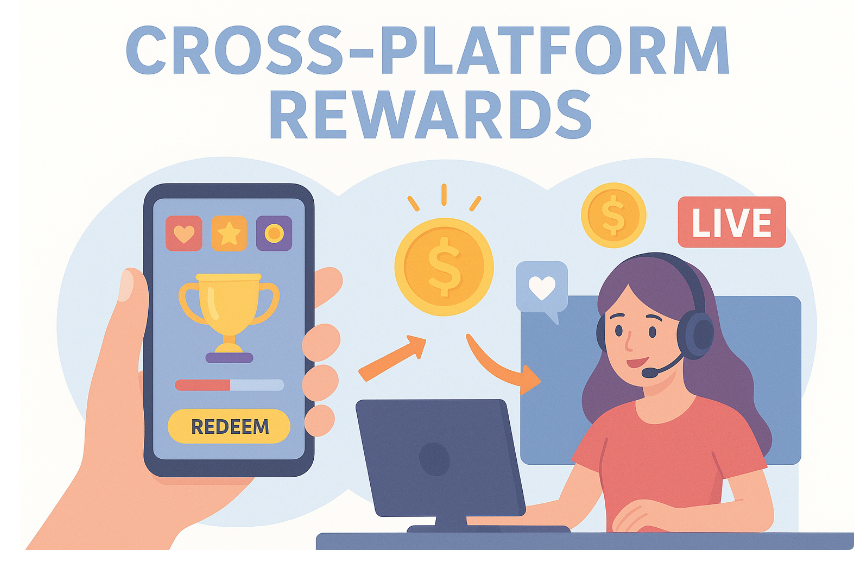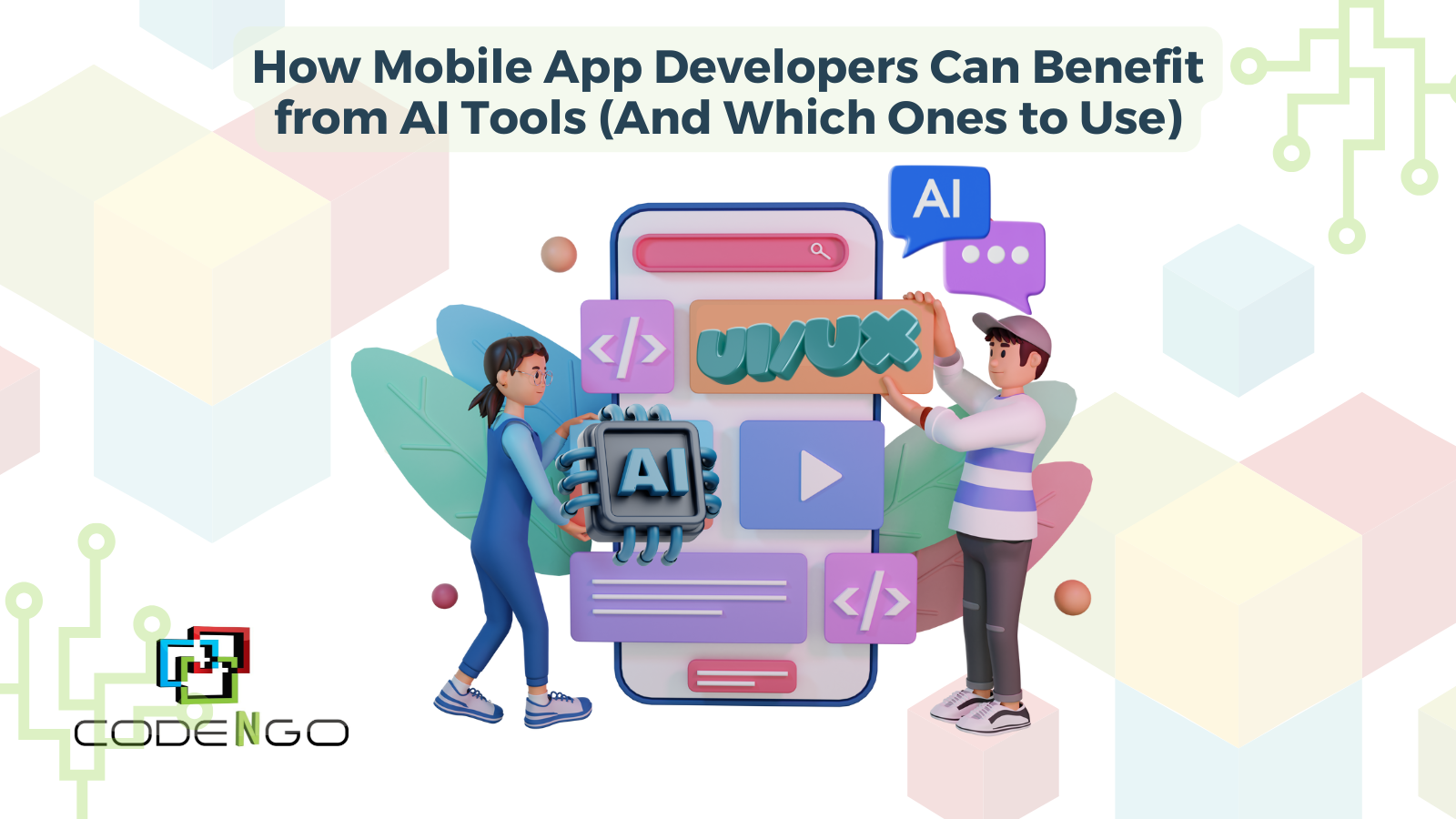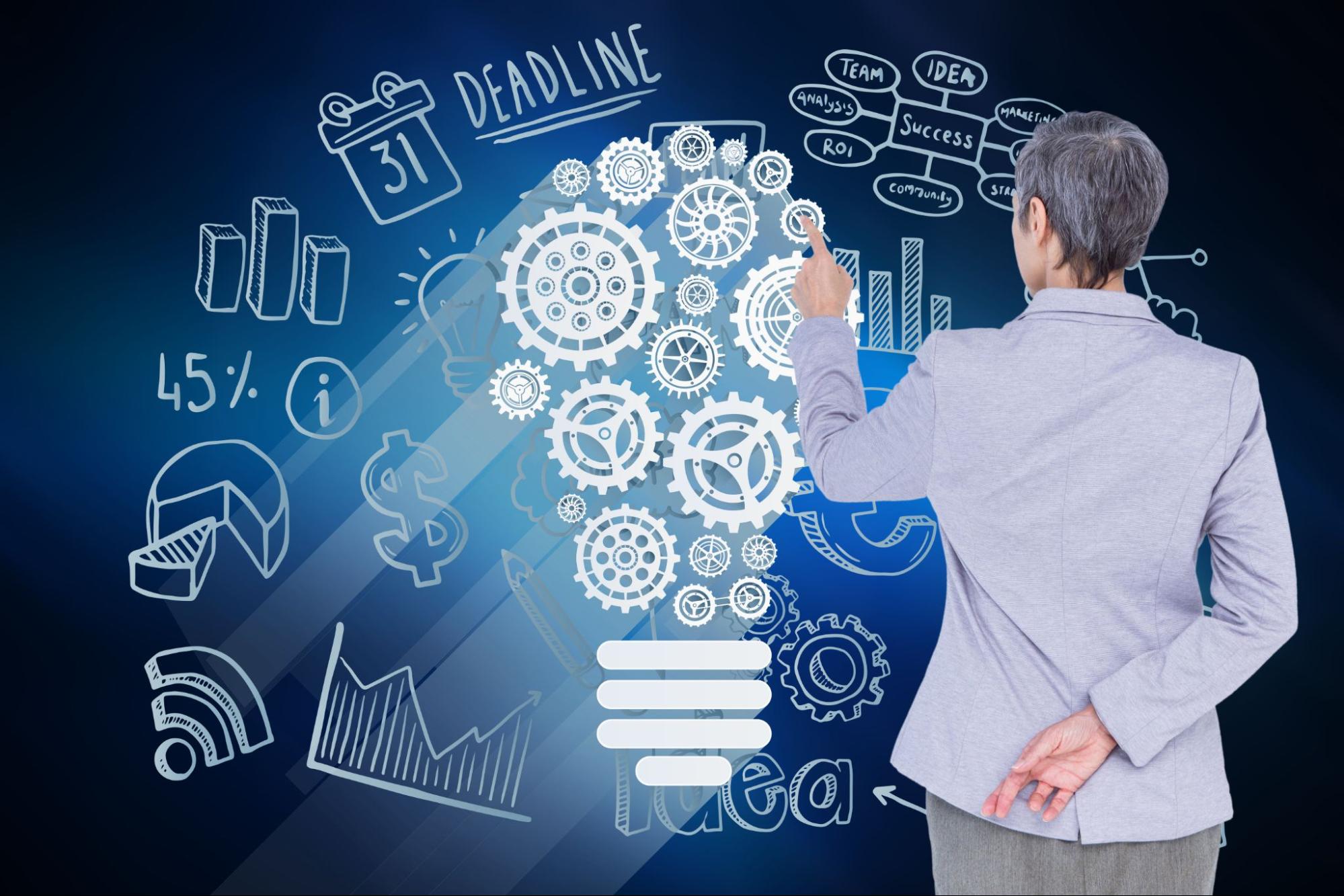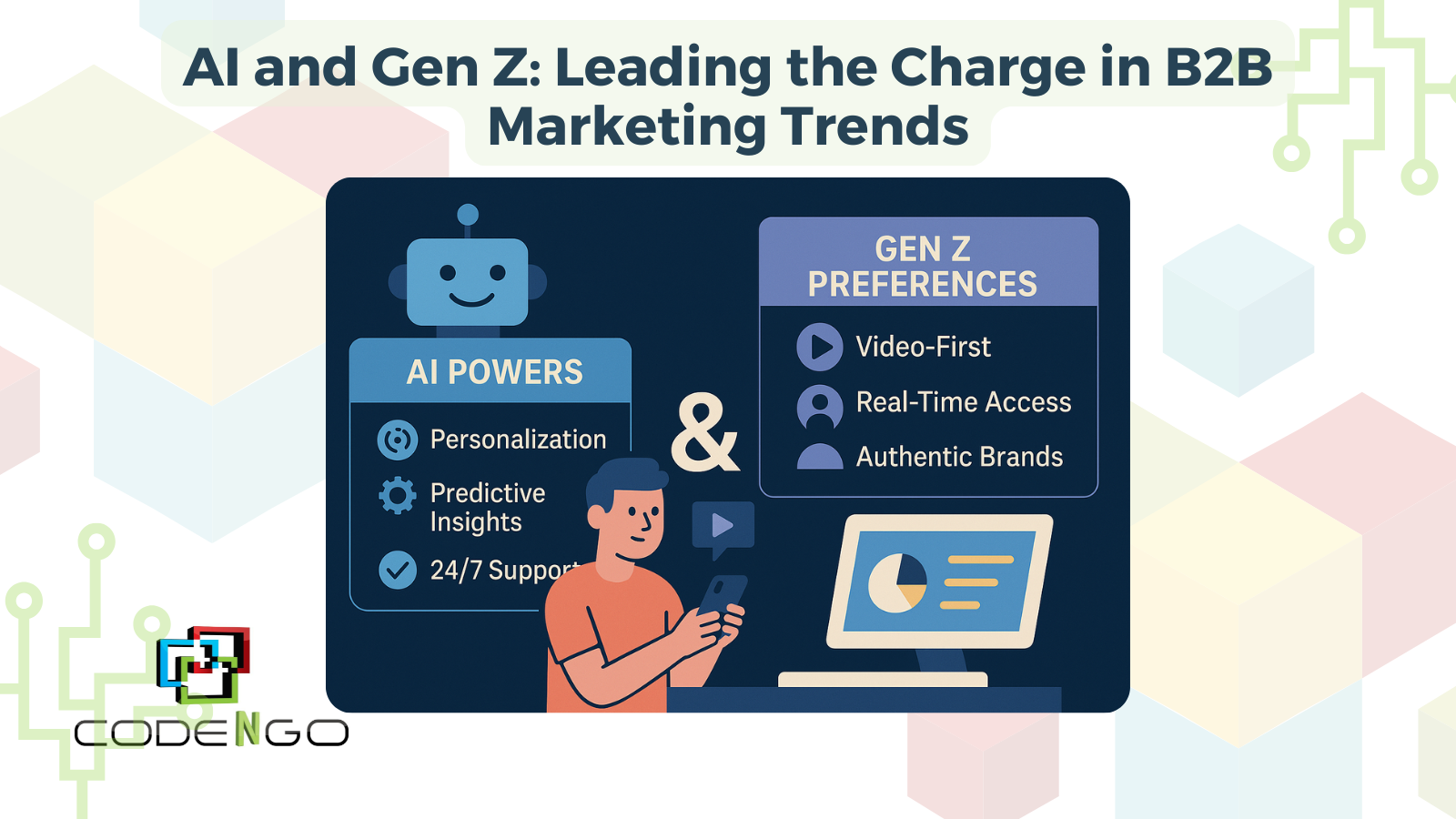In today’s competitive market, small businesses must stay agile and innovative to survive and grow. One of the most accessible yet powerful tools they can leverage is artificial intelligence (AI)—especially in mobile apps. Android, being the world’s most widely used mobile operating system, offers an excellent platform for small businesses to build smarter and more engaging applications.
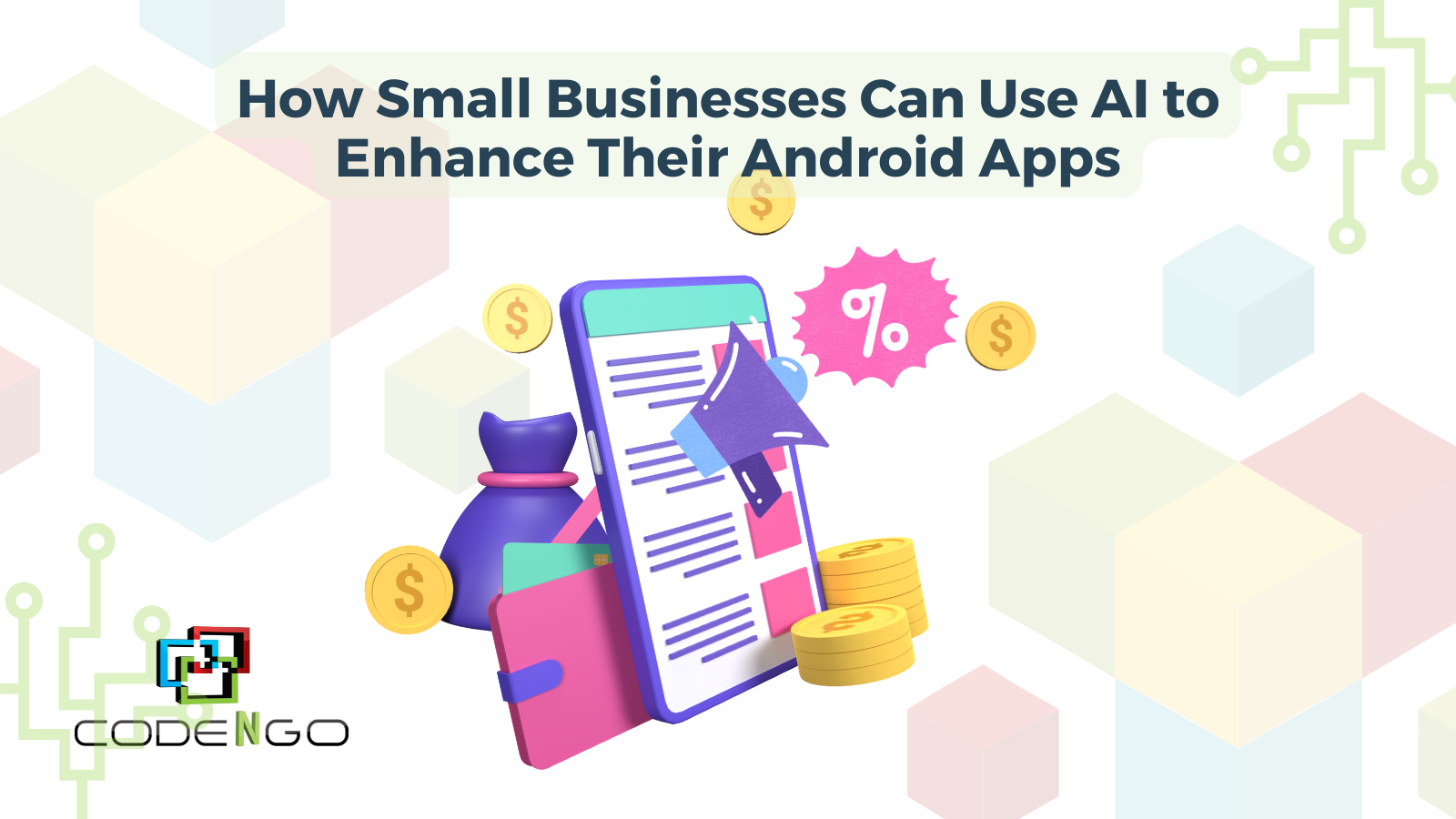
If you’re wondering how AI for small businesses can go beyond buzzwords and actually make an impact, you’re in the right place.
Why Small Businesses Should Embrace AI in Android Apps
Gone are the days when AI was reserved for large tech companies with deep pockets. Today, cloud-based tools, open-source libraries, and AI APIs make it easier and more affordable than ever for small businesses to tap into AI capabilities. Here’s how integrating AI into Android apps can help:
-
Improve user experience
-
Automate customer service
-
Personalize marketing and content
-
Increase operational efficiency
-
Boost customer engagement and retention
Let’s dive into some practical ways you can use AI in your Android app as a small business owner.
1. AI Chatbots for 24/7 Customer Support
AI-powered chatbots like Google’s Dialogflow or ChatGPT API can be integrated into Android apps to provide instant responses to customer queries. This ensures that customers always receive support—even after hours—without the cost of hiring full-time support staff.
Example: A local boutique can use an AI chatbot to answer questions about store hours, product availability, and shipping policies.
2. Personalized Product Recommendations
Using machine learning, your Android app can analyze customer behavior and suggest products or services based on past interactions. This creates a shopping experience that feels more curated, leading to higher sales and improved satisfaction.
Example: A small online food delivery business can recommend meals based on order history and dietary preferences.
3. Voice Recognition for Hands-Free Features
Adding voice commands using tools like Google’s Speech-to-Text API allows users to interact with your app in a more natural and accessible way. This is especially useful for apps in logistics, inventory, or navigation.
Example: A delivery app for small courier services can let drivers update delivery status using voice input, improving safety and efficiency.
4. Image Recognition for Real-World Use
AI-powered image recognition can let users take a picture and get instant feedback. Whether it’s scanning documents, identifying products, or using augmented reality (AR), the possibilities are endless.
Example: A small antique store can use image recognition to let users snap a photo of an item and get price, history, or similar suggestions from the app.
5. Smart Analytics and Insights
Integrating AI into your Android app lets you collect and analyze user behavior in real-time. You can identify patterns, track engagement, and make data-driven decisions to improve the app and your overall business strategy.
Example: A fitness trainer app for a local gym could track how often users complete workouts and send motivational nudges or personalized challenges based on engagement.
Getting Started with AI for Small Businesses
You don’t need a full-time developer team to start using AI. Here are some beginner-friendly tools and platforms:
-
Firebase ML Kit – Google’s machine learning tools for mobile
-
TensorFlow Lite – Optimized for mobile AI
-
ChatGPT API – For conversational interfaces
-
Google Cloud Vision API – For image recognition
-
Hugging Face Transformers – Open-source NLP models
If you’re hiring a developer or using a no-code platform, make sure they support AI integrations or offer plug-ins that make it easier to implement these features.
Final Thoughts
Incorporating AI for small businesses into Android apps isn’t just a trend—it’s a strategic move. Whether you’re offering personalized shopping, smarter customer service, or real-time insights, AI gives your business a competitive edge without requiring massive resources.
Start small. Pick one AI feature that aligns with your business goals, implement it, and scale from there. With the right tools and approach, your Android app can evolve into a smart digital assistant that works for you—and your customers—around the clock.

